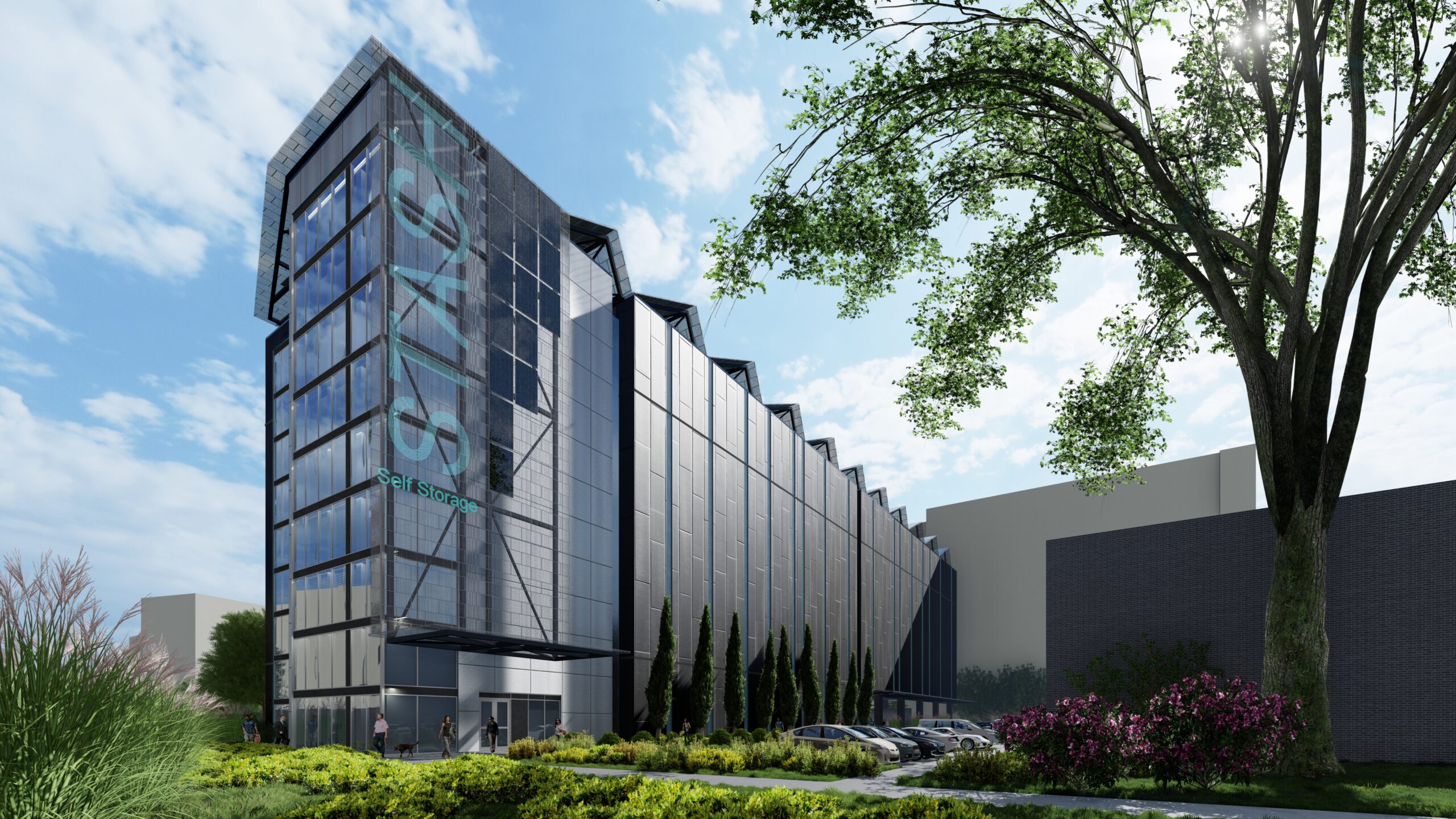Hello Friends,
By 2050, 6.4 billion people will be living in urban environments, according to the World Health Organization. Before the pandemic, architects and planners were studying strategies to get more inhabitants in less area in a sustainable and environmentally sensitive manner. Post pandemic, architects and planners are now tasked with the same challenge while creating living environments that are healthy for the individuals and the community. Strategies must be developed that will make housing more affordable.
Currently innovation is underway in various housing types to increase the number of inhabitants per acre. The size of residential units is decreasing to help combat rising construction and utility costs. Studio units and micro apartments have gained popularity with Generation X and Millennials, to avoid sharing units with non-family members. For Generation Z, there is an increase in Co-Living developments and So-Lo (single occupants living with others) units. This arrangement can be more amenable to the GenZ lifestyle than mom and dad’s basement.
More density and taller buildings will be necessary. Single family neighborhoods will need to allow duplexes, triplexes and quadraplexes. Housing will be designed for multiple uses using flexible layouts and movable walls. A housing unit will need to be quickly transformed from a living unit to an office or a classroom. Once the kids move out, the large single-family residence could transition into a duplex.
Co-living and So-Lo housing units will gain popularity in the US for all generations as renting and sharing becomes more important. Apartment buildings will have areas designated for rentals of kitchen appliances and utensils, vacuum cleaners, tools, games, camping gear, etc.
Post pandemic Residential Design Trends:
- Housing unit types will be smaller, designed more densely, more vertical and incorporate a mix of uses.
- Outdoor spaces will be essential: larger balconies and courtyards and shared green space; rooftops will be converted to communal living spaces and communal gardens. Sunshine and fresh air create healthier environments.
- Deliveries will increase at residential units, increasing elevator capacity and use. Rooftops will incorporate drone portals for deliveries.
- Automobile parking will be reduced by the popularity of driverless cars, ubering, cycling, scootering, segwaying, one-wheeling and walking.
- All housing units will become quick-change artists, transforming into offices, schools, hotels, recreational venues, or small event spaces.
- There will be more sharing and renting of communal spaces.
In his 1970 book, Future Shock, Futurist Alvin Toppler predicted a Sharing Economy, and many other themes that are starting to materialize in a post-pandemic society. The Future is here….And I’m not shocked.




